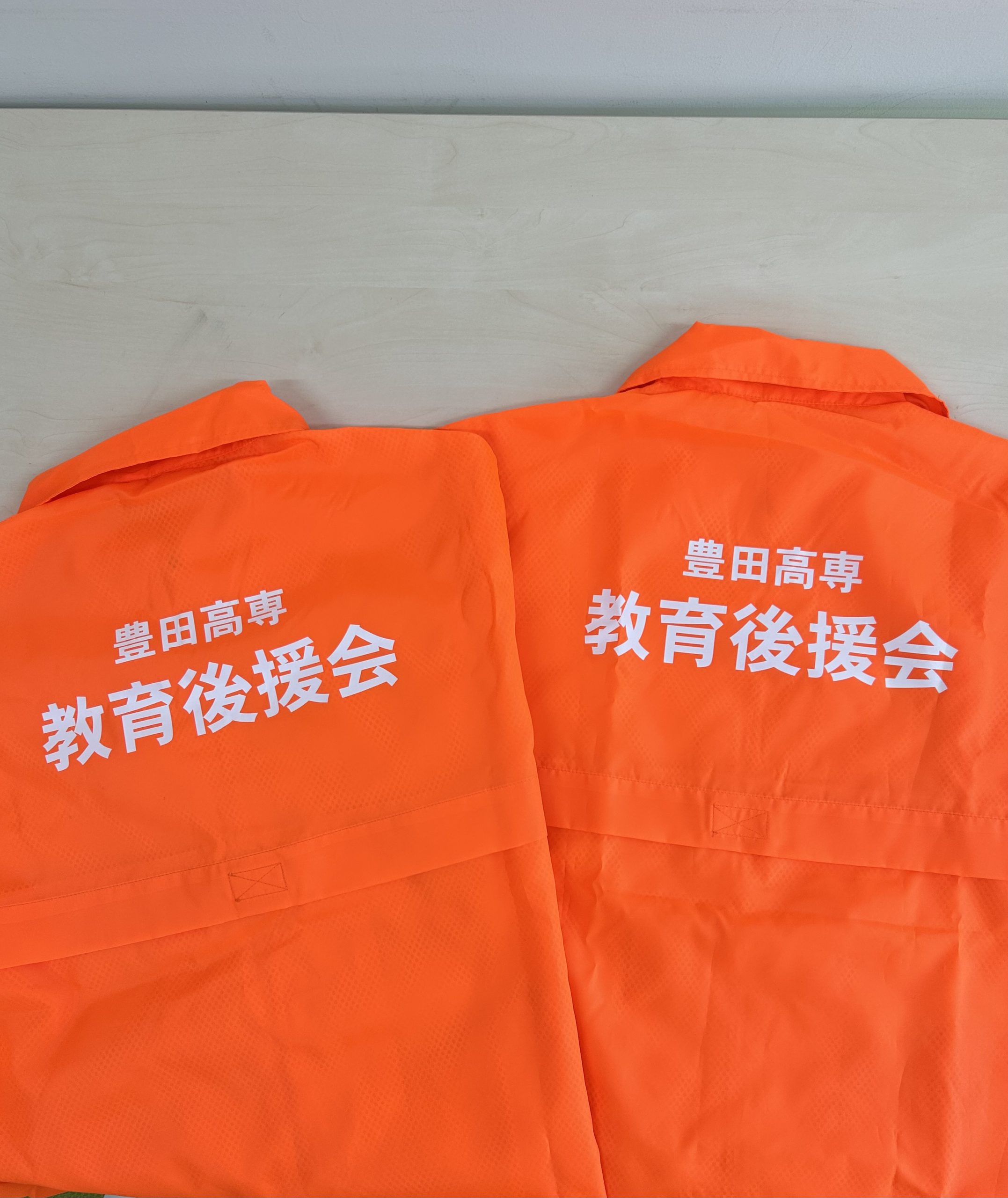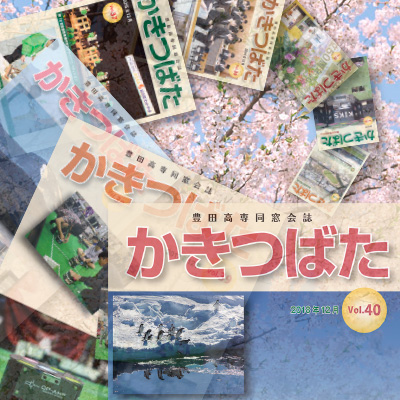Getting Started with Extensive Reading
Enjoy reading English books and listen to lots of CDs to improve your English!
1. What is the difference between Extensive Reading and Intensive Reading?
“Extensive reading” is a reading method in which you do not analyze long sentences in detail, but grasp the general idea directly from English and read a lot. On the other hand, “careful reading” is a reading method in which difficult and short sentences are analyzed in detail and translated into Japanese to understand.
2. Purpose of “Extensive Reading”
It is said that English proficiency is proportional to the amount of English you absorb, and extensive reading is one way to absorb English. Learning English takes a lot of time. However, even if you spend a lot of time, few people will be able to continue monotonous methods such as listening to English conversation CDs repeatedly and memorizing them, or creating a vocabulary book to memorize words for hundreds of hours. To last for hundreds of hours, the method itself needs to be fun and meaningful. “To enjoy reading and learning English” is the purpose of extensive reading.
3. “Three Principles of Extensive Reading”
There are very important rules for reading. Please refer to p1~4 of “1 Million Words Reading Record Handbook”.
1) Do not draw dictionaries. (We do not use English-Japanese dictionaries, do not translate them into Japanese.) )
2) Skip what you don’t understand
3) If it gets boring, don’t be discouraged and put it on the back (even if it’s in the middle, move on to another book)
Reference book: “I’ll Read 1 Million English Words from Today!” by Furukawa and Kawate, Japan Jitsugyo Publishing Co., Ltd. (Library Collection)
4. At what age to start extensive reading?
From 2 years old ~ elderly people who are committed to lifelong learning, you can start whenever you want to start. Let’s start with fun and marathon at your own pace!
5. How much should I read?
It is said that it is necessary to read a total of about 1 million words to create a foundation for understanding English as it is (“This is a pen.” This counts as a total of 4 words.) The average total number of English words in one certified high school textbook is 8,000 to 10,000 words, which is not enough. 1 million words (2500 pages = equivalent to 6 to 10 books in a paperback for adults) may seem like a tremendous amount, but reading at a reading speed of 100 words per minute, 1 million words in 160 hours. If you have 30 minutes of reading time a day, you can achieve it in one year. First, let’s aim for 50,000~100,000 words. Once you exceed 300,000 words, you will feel the effect.
6. What books should I read?
The trick is to start with a book in easy English.
(1) Let’s start with ORT (ORT: Oxford Reading Tree series)
It is a textbook used in elementary schools in the United Kingdom and is a picture book divided into levels for native English speaking children to learn to read. Japan English learners will return to their childhood and enjoy reading this book from level 1, and they will immerse themselves in English culture and acquire real English without knowing it. Extensive reading is a way to read a lot of easy books. First, read the Oxford Reading Tree (ORT).
ORT is available from Stage 1 (ORT1: YL0.1) ~ Stage 9 (ORT9: YL1.0). YL stands for readability level (*see below). YL0.1 is only a few words because it is all pictures except the title. YL0.3 is about 70 words in one book. Ort is popular for its unified storyline that develops from the daily life of the protagonist family to the adventures of the children, as well as its beautiful illustrations.
First, in Stage 3 (ORT3), let’s get familiar with the characters. It comes in one set of 6 books. Read the six books together with reference to the title list on the back cover, and fill in the number of words in the six books at once, as shown in the example on the next page.
In Stage 4 (ORT4), “1 House For Sale” ~ “6 The Storm” will give you the background of the series, from the protagonist’s family moving to their new home to the children’s discovery of the magic key. From “1 The Magic Key” on Stage 5 (ORT5), the children’s adventure begins. Stage 8(ORT8) The number of words per book will increase (900~1500 words) and you can move to Graded Readers (GR) for foreign learners.
* The number of words up to ORT 4 is small, so let’s record it all together for each stage.
* The number of words will increase from ORT 5. Let’s fill in one book at a time.
Ort1 comes in a set of 6 books in 4 types (write the following title in the upper right corner of the back cover in the record notebook). )
Kipper Stories, Biff and Chip Stories, First Words, More First Words
ORT2~3 are 3 types (Stories, More Stories A, More Stories B)
There are four types of ORT4 (up to More Stories C).
[Reference]If you conquer all ORT1~4, you will have 84 books. If you conquer all ORT5~9 books (65,151 words), you will have 172 books (71,625 words).
*What is YL (Readability Level)?
Based on the opinions of teachers observing students, adults and students who read extensively, the SSS English Learning Methods Study Group (http://www.seg.co.jp/sss) comprehensively calculates the readability for ordinary Japan English learners from YL0.0 (all pictures without letters) to YL9.9 (difficult general novels). (Please refer to “One Million Words Reading Record Handbook,” p. 5.) )
(2) Borrow a book and read it
In order to realize the effects of extensive English reading at an early stage, it is important to manage the small amount of time and continue reading, even if it is a little bit every day. Choose the easiest book (YL1.0 or lower) that you can borrow and borrow. If you read one book a day that can be read in 10~20 minutes, your sense will change in half a year. (The first recommended book to borrow is also on “1 Million Words Reading Record Handbook” p.70~.) )
7. About the Reading Record Handbook
“Aim for 1 Million Words Reading Record Handbook” SSS English Learning Method Study Group Cosmopia Co., Ltd. ¥600 + tax If you use it, there is a list of recommended books on the following page. The cumulative total number of words in the last column you filled in is the cumulative total number of all words since you started. Be sure to date it.
※ Attention! You can read manga for a change, but English is often quite difficult, so be careful in the first year of extensive reading. (GR in manga format, such as OBW, is OK.) )
※ Let’s read p.1~5 of the “1 Million Words Reading Record Handbook” to fully understand the significance and method of extensive reading!














